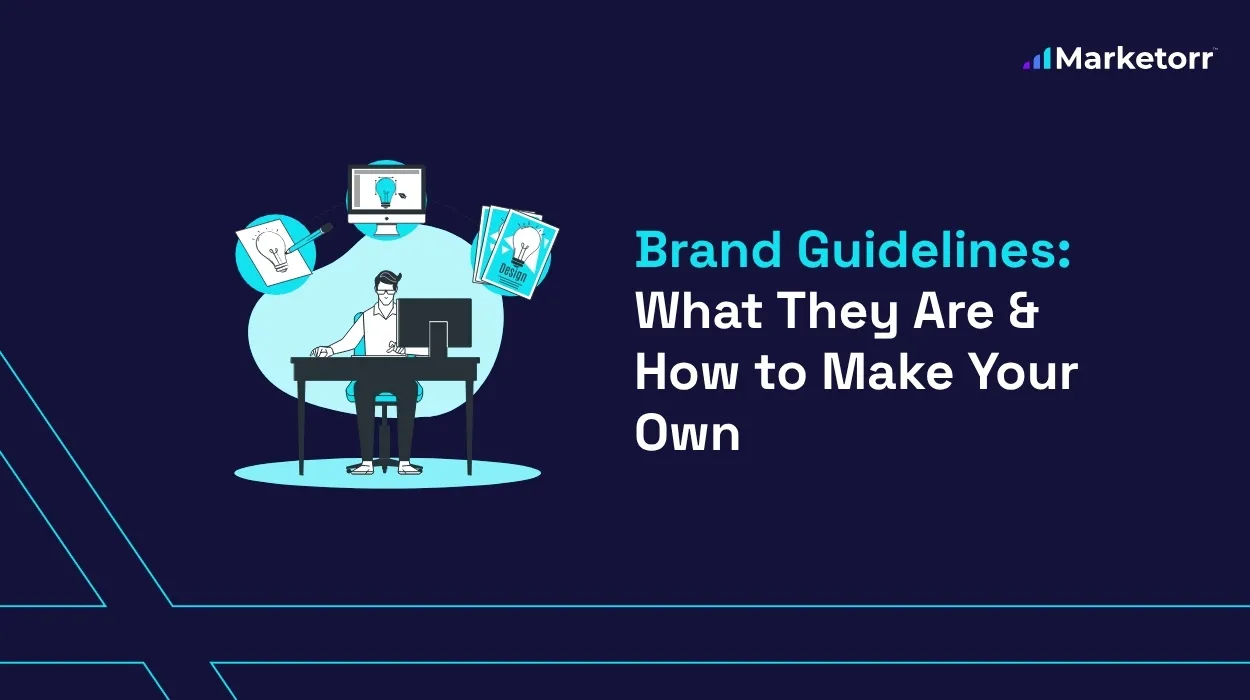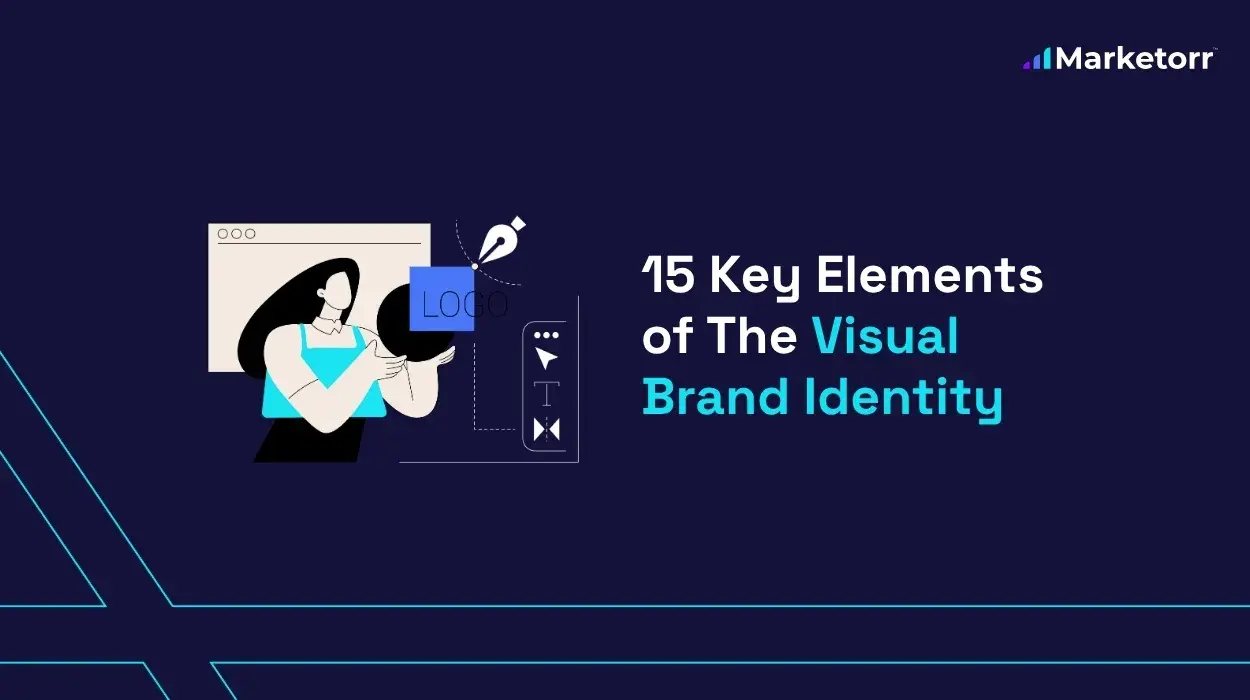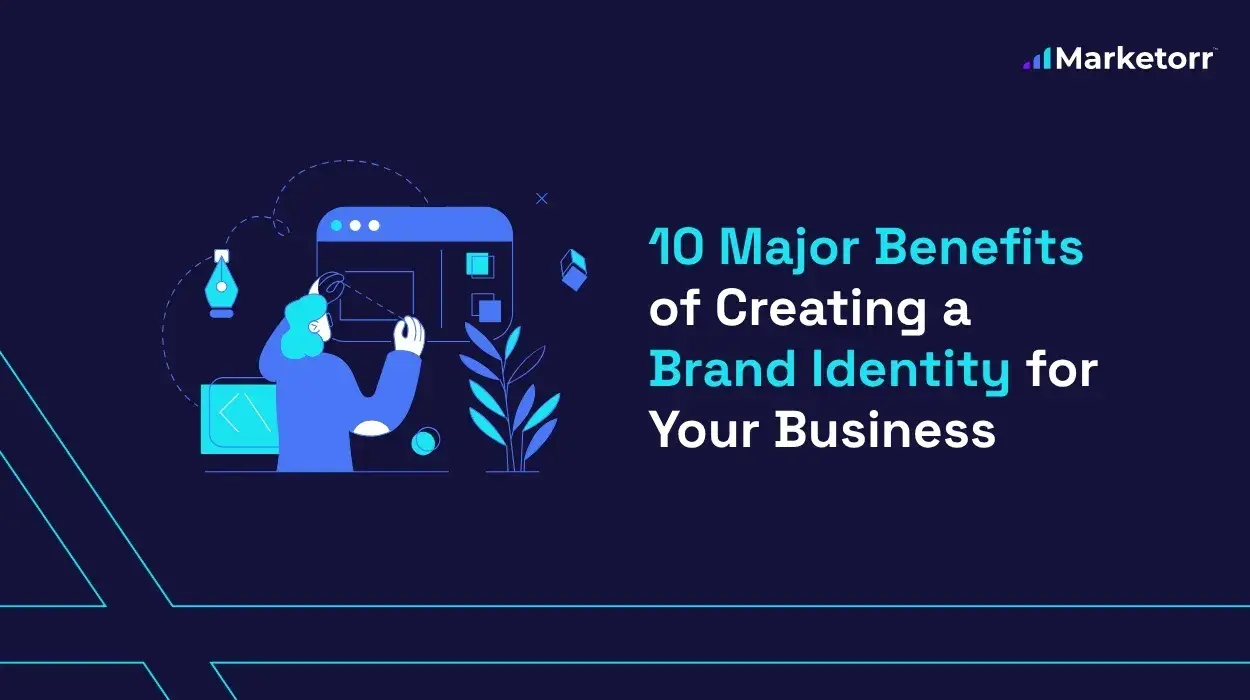Creating a structured digital marketing plan is essential for reaching the right audience, maximizing ROI, and sustaining growth. As digital platforms become more competitive and fragmented, businesses that operate with a clear roadmap consistently outperform those that rely on guesswork.
According to a 2024 study by Smart Insights, 45% of companies don’t have a clearly defined digital marketing strategy. This leads to missed growth opportunities and inconsistent customer experiences. A well-structured plan not only aligns marketing with business goals but also improves team coordination, channel selection, and budget efficiency.
This guide outlines a 10-step framework for building a high-performing digital marketing plan. Each step includes practical recommendations backed by current data, examples, and execution strategies suitable for businesses of all sizes, from startups to enterprises.
10 Steps to Create a Digital Marketing Plan
A successful digital marketing plan is built on clear goals, audience understanding, data-driven tactics, and a structured execution timeline. Without these pillars, even the most creative campaigns can fall flat.
Marketing today is not just about reach. It is about relevance, personalization, and agility. From defining objectives to launching and optimizing, each phase of your plan needs purpose and precision.
Step 1. Set Clear and Measurable Marketing Goals

Defining marketing goals ensures that your efforts contribute directly to broader business objectives like revenue, customer retention, or brand awareness. Without clear goals, it becomes impossible to track performance or allocate resources effectively.
The most effective way to do this is by using the SMART framework. Goals should be Specific, Measurable, Achievable, Relevant, and Time-bound. For example, increasing email subscribers by 25% in three months is clearer than just saying “grow our email list.” This structure prevents vague planning and keeps teams aligned.
More importantly, goals must be tied to business KPIs. If the business is aiming for a 20% revenue boost this quarter, your digital plan must show how lead generation or customer engagement will contribute to that. Tools like Google Analytics, HubSpot, or custom dashboards help bridge marketing metrics with overall business performance.
Use the SMART Framework to Structure Your Objectives
SMART goals create focus and eliminate ambiguity in marketing execution. Instead of generic goals like “increase social media reach,” teams should target something specific like “a 15% increase in Instagram engagement within 60 days.” This precision allows faster decision-making and clear measurement.
Harvard Business Review notes that companies with clearly written goals are 10 times more likely to succeed in meeting them. The SMART method transforms goals into accountability checkpoints.
Aligning Goals With Business KPIS for Performance Tracking
Marketing goals are most effective when they mirror larger business objectives. For instance, if a SaaS brand wants to reduce churn, marketing could aim to increase customer engagement through educational email series or exclusive webinars. These initiatives directly tie back to retention rates.
Platforms like Tableau, Looker Studio, and HubSpot make it easier to connect marketing activity with business-level KPIs like CAC (Customer Acquisition Cost), CLV (Customer Lifetime Value), and conversion rates.
Step 2. Identify and Segment Your Target Audience
Knowing your audience is central to digital success. Without proper segmentation, even the best campaigns won’t hit the mark. A defined audience helps personalize messaging, choose the right channels, and reduce wasted ad spend.
Modern segmentation combines demographic data such as age, location, and income with behavioral data like purchase history, device usage, and browsing habits. This layered approach allows brands to build a more complete customer profile.
How to Build Buyer Personas Using Behavioral and Demographic Data
A buyer persona is a semi-fictional representation of your ideal customer based on real data and market insights. It includes details like job title, pain points, motivations, and preferred content types.
To build personas, pull from sources like Google Analytics, customer surveys, CRM data, and social media insights. For example, if most of your high-value leads come from organic traffic and are mid-level managers in the tech industry, your messaging should focus on efficiency and ROI.
Research from HubSpot shows that using buyer personas in email campaigns increases click-through rates by 14% and conversion rates by 10%. The more precise your persona, the more relevant your strategy becomes.
Tools and Methods to Understand Your Customers Better
Several tools can reveal valuable customer insights. Google Analytics offers user flow, device segmentation, and behavioral data. Hotjar provides heatmaps and session recordings to understand user intent. Social listening tools like Brandwatch or Sprout Social capture what customers say about your brand or competitors.
Surveys, interviews, and customer support queries are also rich sources of insight. They help validate assumptions and uncover unmet needs. Combining these data points with machine learning-based tools like Clearbit or Segment can uncover micro-patterns that drive better targeting.
Step 3. Analyse Your Current Digital Presence
Before launching new tactics, it’s vital to evaluate your current performance. Auditing your digital presence uncovers what’s working, what’s outdated, and where competitors are gaining ground.
Start by analyzing your website traffic, keyword rankings, content engagement, paid campaigns, and social metrics. This assessment acts as your starting point and benchmark for future measurement.
Audit Your Website, Content, SEO, and Paid Ads
A digital audit begins with your website. Is it fast, mobile-friendly, and easy to navigate? Google’s PageSpeed Insights and Core Web Vitals are key performance indicators. If pages are slow or bounce rates are high, conversions will suffer.
SEO audits identify technical issues like broken links, thin content, or poor internal linking. Tools like Screaming Frog, SEMrush, or Ahrefs can crawl your site and highlight problems. Paid ads also need review. What’s your ROAS (Return on Ad Spend)? Are campaigns targeting the right audience or wasting money?
Quality content should align with the buyer journey, answer search intent, and perform well in organic rankings. If blog posts or landing pages aren’t driving traffic or conversions, they likely need updating or rewriting.
Benchmark Against Your Competitors Using Practical Tools
Competitor benchmarking reveals gaps and opportunities. You can use SimilarWeb to analyze traffic sources, or SpyFu and Ahrefs to examine keyword gaps. These tools show where your competitors get traffic and which content performs best.
You’ll also want to track backlink profiles, domain authority, and paid ad copy. What CTAs are they using? Which platforms are they prioritizing? This insight helps you position your messaging and outperform rivals on shared ground.
Step 4. Choose the Right Digital Channels for Your Goals
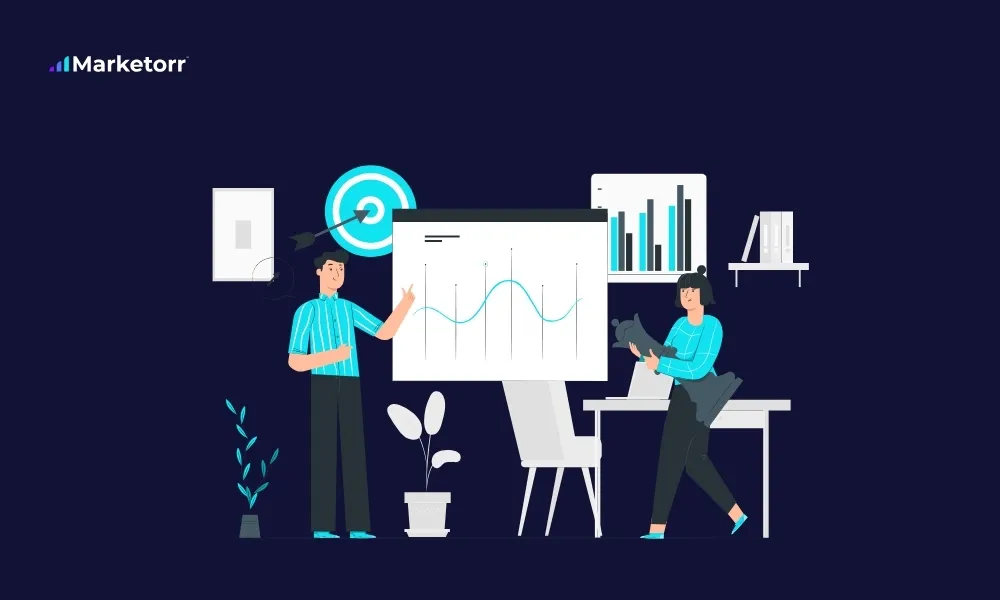
Selecting the right digital channels ensures your message reaches the right audience in the right format. Not all platforms deliver equal value, and choosing based on goals rather than trends drives better results.
Whether you’re aiming for brand visibility, lead generation, or conversions, your choice of channel must match both your objective and your customer’s behavior.
When to Use SEO, SEM, Social Media, Email, or Content Marketing
Each digital channel plays a specific role in the marketing ecosystem. SEO is a long-term investment for sustainable visibility. SEM delivers faster results but requires budget oversight. Email marketing works best for nurturing leads and maintaining relationships.
Social media excels at engagement and community-building but may not directly convert unless paired with other efforts. Content marketing, when tied to a keyword strategy, serves as the backbone attracting, educating, and converting.
A B2B company targeting C-level executives may find LinkedIn and email campaigns more effective than Instagram. Meanwhile, an eCommerce brand might lean into Google Shopping, Instagram ads, and influencer partnerships. Choosing the right channel starts with understanding where your buyers spend time and why.
Multi-Channel vs. Omnichannel: Which Approach Suits You Best?
A multi-channel strategy means using several platforms like search, email, and social media but often in silos. Omnichannel connects these touchpoints so users have a consistent experience no matter where they interact with your brand.
According to Aberdeen Group, companies with strong omnichannel strategies retain 89% of customers, compared to 33% for those with weak strategies. For businesses selling high-ticket or subscription products, omnichannel offers better lifetime value and trust.
If you’re short on resources, start with a few channels and focus on aligning messaging and design. As your operations mature, shift toward omnichannel to unify the journey across mobile, desktop, and offline experiences.
Step 5. Define Your Unique Value Proposition (UVP)
Your UVP explains why customers should choose you over others. It’s not a slogan or mission statement. It’s a clear promise of the value you deliver, how it solves customer pain, and what makes it different from the competition.
Every successful digital marketing plan is anchored by a strong UVP that cuts through the noise and drives action.
Why Differentiation Matters More Than Ever
Today’s buyers compare options in seconds. If your brand doesn’t stand out at first glance, it risks getting skipped. A clear UVP increases the chances of engagement, especially on crowded platforms like Google or Facebook.
McKinsey reports that brands with a well-defined value proposition grow revenue two to three times faster than their competitors. Differentiation can come from faster delivery, better service, unique product features, or even price transparency.
The key is clarity. Your UVP should be easy to grasp and relevant to what your audience actually values, not just what you think they want.
How to Communicate Your UVP Across All Touchpoints
Your UVP should appear consistently in headlines, landing pages, ad copy, social bios, and even product descriptions. But consistency doesn’t mean copy-paste. It means reinforcing the same core message in ways that suit the channel and context.
For example, a logistics software company that offers real-time tracking might say: “Know exactly where your shipments are. Always.” This message can be adapted into an email subject line, a website banner, or a Facebook carousel.
The more often your audience sees and connects with your promise, the more likely they are to remember and trust you.
Step 6. Create a Content Strategy That Supports Your Plan
Content is the glue that holds your digital plan together. It informs, engages, and converts across every channel from blog posts and videos to emails and downloadable guides.
A strong content strategy maps topics to your goals, aligns with audience intent, and distributes across touchpoints for maximum reach.
Types of Content to Include: Blogs, Videos, Lead Magnates, and More
Different formats serve different purposes. Blogs help with SEO and educate at the top of the funnel. Videos drive engagement and increase time on page. Lead magnets such as ebooks or checklists are great for capturing emails and qualifying leads.
For instance, a brand offering online courses could use a blog to explain common industry problems, a YouTube video to demonstrate results, and a downloadable guide as a lead magnet. All three work together to build trust and move prospects through the funnel.
Case studies, product demos, and testimonials also play a critical role in building social proof and credibility, especially for high-consideration purchases.
Mapping Content to the Buyer’s Journey for Intent Relevance
To maximize results, content must align with where the customer is in their journey. At the awareness stage, focus on educational content like blogs and videos. During consideration, offer comparisons, whitepapers, or explainer guides. At the decision stage, use testimonials, case studies, and clear CTAs.
According to DemandGen, 76% of B2B buyers say they consume three or more pieces of content before engaging with a vendor. If you don’t guide them through this path, they’ll follow someone who does.
Strategic content mapping not only increases conversions but also helps reduce bounce rates and shorten sales cycles.
Step 7. Allocate Your Budget Wisely Across Channels
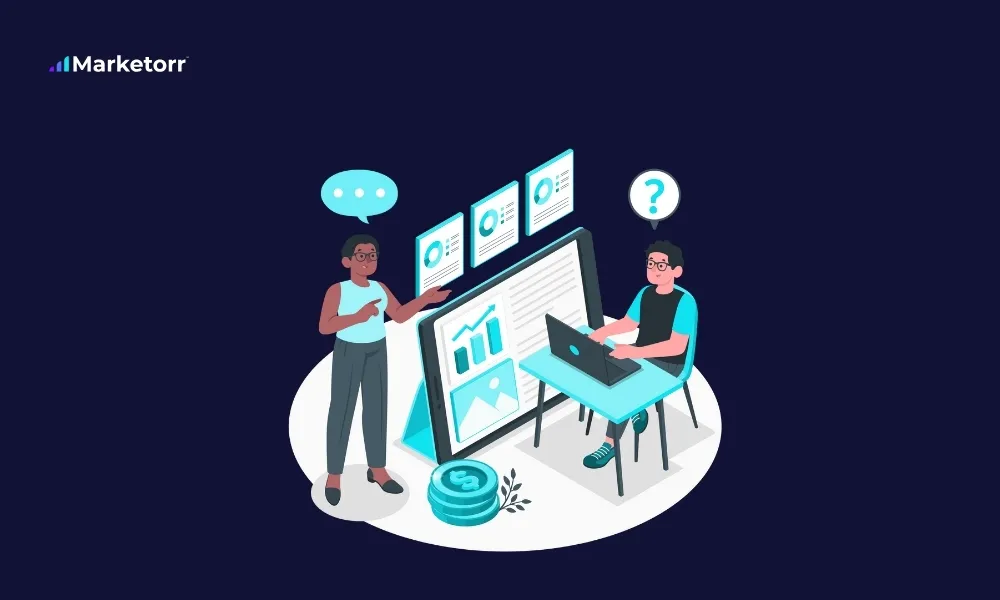
Budget allocation turns strategy into action. Without it, even the best plans fall apart. Where you invest and how much affects campaign scale, testing velocity, and expected returns.
Instead of splitting budgets evenly across platforms, let your data guide distribution based on ROI, audience reach, and lifetime value.
Budgeting Tips Based on Channel Performance and ROI
Start with historical performance. Which channels drove the most revenue or leads at the lowest cost last quarter? Don’t just look at last-click attribution. Examine assisted conversions and engagement depth.
For example, paid search may convert directly, while organic content supports the journey. Email might have low costs but high return on retention. Allocate accordingly. Many marketers follow a 70-20-10 model — 70% to proven channels, 20% to emerging bets, and 10% to experimentation.
Platforms like Google Ads, Facebook Business Manager, and HubSpot offer attribution reports that show which touchpoints actually influence buyer decisions.
How to Adjust Your Budget Dynamically Over Time
Your budget shouldn’t be static. It should adapt to campaign performance, seasonality, and emerging trends. If Facebook CPMs rise but ROI falls, shift spend to Google or YouTube. If email open rates drop, invest in list hygiene or better segmentation.
Set monthly or quarterly budget review points. Use data from tools like Google Analytics 4, Supermetrics, or dashboards inside your CRM to evaluate cost per acquisition, ROAS, and channel performance.
When budgets are agile, marketing becomes a responsive growth engine instead of a fixed cost.
Step 8. Build an Actionable Marketing Calendar
A marketing calendar turns strategy into execution. It helps teams stay organized, align around deadlines, and maintain consistent communication across channels.
A well-structured calendar improves timing, resource planning, and accountability by showing who’s doing what and when.
How to Structure Weekly, Monthly, and Quarterly Marketing Efforts
Your calendar should match your business cycle. Weekly schedules are ideal for posting content, managing email sends, or adjusting paid ads. Monthly plans help align campaigns with seasonal trends or product launches. Quarterly planning allows bigger-picture thinking, such as launching a webinar series or rolling out a new content pillar.
For example, a company may blog twice a week, send an email campaign every Thursday, and run paid ads monthly with A/B testing. All of this should be documented with timelines, owners, and goals.
Using color-coded calendars in platforms like Trello, Asana, or Notion can help track deliverables. Integrating these tools with Google Calendar makes it easier for teams to stay in sync without missing deadlines.
Tools to Manage Deadlines, Publishing, and Accountability
Marketing calendars work best when tied to workflow tools. Content teams can use Airtable for managing topics and drafts. Designers might prefer Figma for creative assets. Project managers may rely on ClickUp or Monday.com to assign tasks and monitor progress.
Adding automation tools like Zapier or Make can connect form submissions to campaign workflows. If someone fills out a lead magnet form, the system automatically triggers a Slack update, CRM entry, and email sequence.
The goal is to reduce manual steps and keep everyone accountable without chaos.
Step 9. Launch, Monitor, and Optimise Your Plan
Launching your plan is just the beginning. Digital marketing success comes from continuous monitoring and real-time adjustments.
The first few weeks after launch are critical. This is when you gather early signals that inform optimization decisions.
KPIS to Track Across Different Channels
Every channel has its own performance indicators. SEO metrics include traffic, bounce rate, and ranking improvements. Paid ads rely on CPC, CTR, conversion rate, and ROAS. Email metrics include open rates, click-throughs, and unsubscribes. Social media focuses on engagement, reach, and follower growth.
Make sure your KPIs are aligned with your goals. If your objective is lead generation, track cost per lead and lead quality. If it’s brand awareness, prioritize impressions and time on page.
Centralized dashboards like Google Looker Studio or Databox can pull data from multiple sources, helping teams see the big picture without jumping between tools.
A/B Testing, Reporting, and Agile Adjustments
A/B testing should be a regular habit. Test subject lines in emails, landing page layouts, ad creatives, or CTAs. Small changes can lead to meaningful gains. For example, changing a call-to-action from “Buy Now” to “Get Your Free Sample” might double your CTR.
Weekly or biweekly performance reviews help spot what’s working and what’s not. If a blog post is underperforming, tweak the headline or meta description. If an ad campaign is overspending, narrow the audience or update the creative.
Agile teams embrace change and treat performance as feedback, not failure.
Step 10. Measure Results and Scale What Works

A great digital marketing plan doesn’t just run — it learns. Measuring results helps you decide where to invest more, what to pause, and how to improve your next round.
The goal isn’t perfection. It’s an improvement through insight.
Using Analytics Tools to Evaluate Success
Google Analytics 4 offers event-based tracking that shows how users interact with your site. HubSpot provides closed-loop reporting to see which campaigns lead to real revenue. UTM parameters track campaign performance across ads, emails, and social posts.
By combining quantitative data with qualitative insights (like customer feedback or sales team observations), you get a clearer view of impact. Look beyond vanity metrics and focus on what drives business outcomes.
For instance, a landing page may have high traffic but low conversions. That signals a gap between intent and offer. Dig into the data to fix friction points instead of throwing more traffic at it.
Creating Feedback Loops to Improve Future Campaigns
Feedback loops keep your marketing plan evolving. After each campaign, review the wins and misses. Ask what worked, what didn’t, and why. Then document it.
Create a shared knowledge base so future teams don’t repeat mistakes. Include post-mortems, testing insights, and process notes. Use tools like Notion, Confluence, or even Google Docs to build this knowledge bank.
Teams that learn faster execute smarter. This is what separates average marketing plans from scalable ones.
Frequently Asked Questions
How Often Should I Update My Digital Marketing Plan?
Ideally, review your digital marketing plan every quarter. Update sooner if there’s a major shift in market conditions, internal goals, or customer behavior. Trends change fast, so staying flexible is key.
What’s the Difference Between Strategy and Execution?
Strategy is the plan. Execution is the action. Strategy answers what, why, and for whom. Execution focuses on how, when, and by whom. Both are essential. A great strategy with poor execution fails just as fast as the reverse.
Can Small Businesses Use This Same Planning Structure?
Yes. This structure works regardless of business size. The key is scale. A small business may run leaner campaigns with limited tools, but the steps — goals, audience, channels, content, and measurement — still apply.
Final Thoughts
A digital marketing plan is more than a checklist. It’s a living system that connects your business vision to your customer’s needs in measurable ways. When built correctly, it aligns teams, saves resources, and creates real momentum.
The most successful marketers aren’t those who get it perfect on the first try. They’re the ones who test, adapt, and keep going with clarity and purpose.
If you want sustainable results from your digital presence, don’t skip the planning. Build your foundation strong. Then let data and feedback guide the rest.



